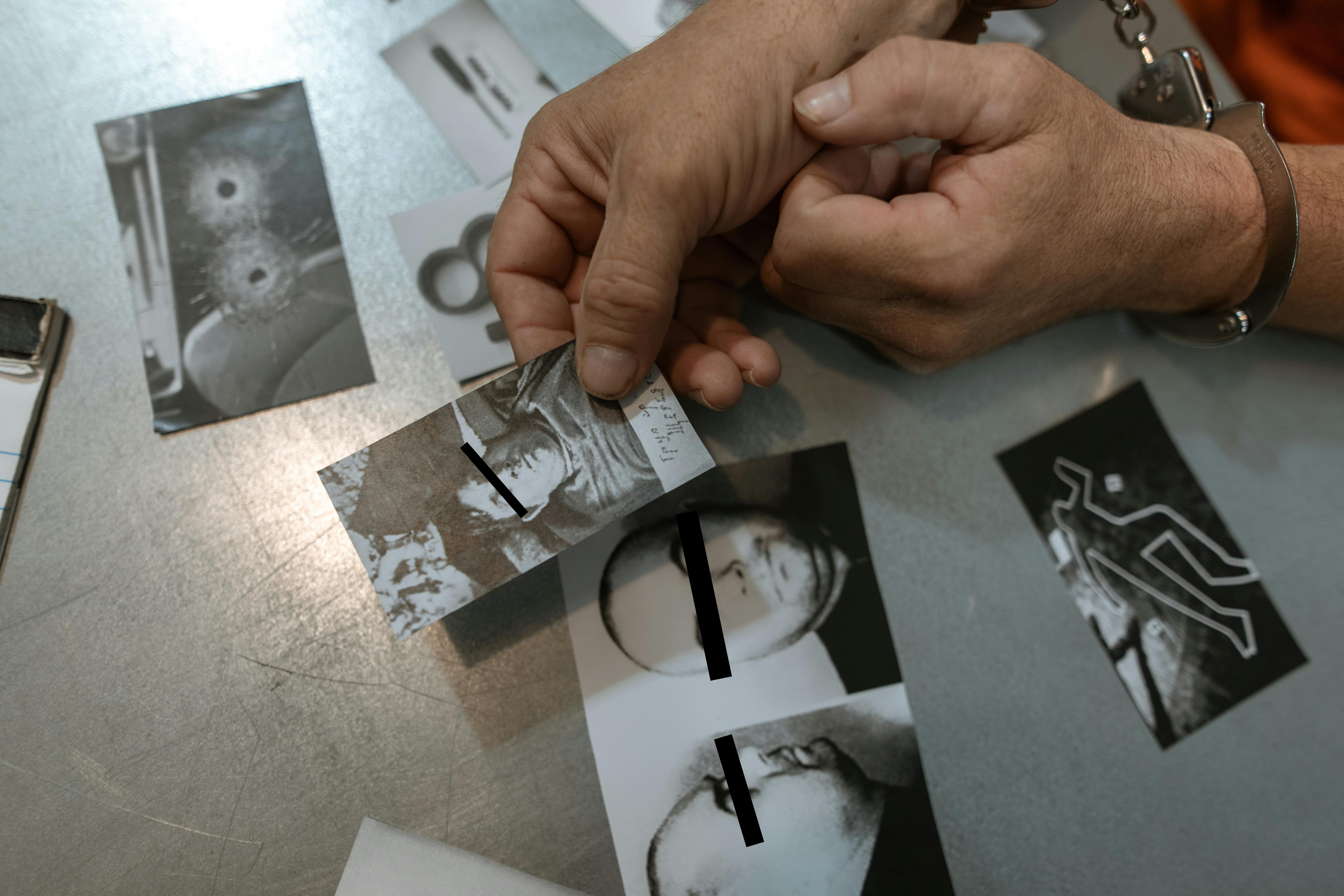Charles Grafton Page is considered the father of the modern circuit breaker. Her parents are Captain Jere Lee Page and Lucy Lang Page in Salem, Massachusetts, on January 25, 1812, and she died in Washington, DC on May 5, 1868. With eight brothers, four sisters, and four brothers, it was a full home and animated. Although Page received his education as a doctor, from a very young age he was fascinated by electricity. At age nine, he tried to harness electricity by holding a shovel in the air during a storm while standing on his parents’ roof. At the age of ten he made an electrostatic machine to electrocute his friends. Page graduated from Harvard University in 1832 and Harvard Medical School in 1836. Page published the first of more than 40 articles at age 22 on electromagnetic devices.
Even while practicing medicine, Page never stopped experimenting with electricity. He experimented extensively with electromagnetic induction. He built a device that he thought might have a use in the medical world in electroshock therapy early on. He continued to improve this device by increasing the input voltage of the low voltage battery and called his device ‘The Dynamic Multiplier’. For your device to work, the electrical current must stop and start over and over again. This led him to produce the first switches.
The first automatic circuit breaker was invented by Page in 1836. On April 14, 1838, he received his first and most famous patent for “Improvement of induction coil apparatus in circuit breakers.” Page continued to experiment with electricity throughout his life. His work earned him the respect of the scientific community both during and after his life. He was inducted into the National Inventors Hall of Fame in 2006. The Hall of Fame is located in Alexandria, Virginia, on the grounds of the US Patent and Trademark Office, which seems most appropriate for Page , as he was not only an inventor, but also a patent agent and patent examiner during his lifetime.
Page first became a patent examiner in 1842. He became a chief patent examiner during this period, but left his post in 1852 to pursue a career as a patent agent, helping other inventors obtain patents for their inventions. In 1861 he returned once more to the Patent Office as a patent examiner at the beginning of the new Abraham Lincoln administration. He continued in the Patent Office until his death in 1868.
